| Sorted by date | |||
page107from Nordic Architects Writes
it.”7 In his speech, Saarinen is rewriting
their modernist manifesto and calling for the same things: truthfulness from
the new style and for the style to rise organically from the circumstances and
the society in which we live. For Saarinen, the time for linking national
characteristics with architecture is over. Yet, Saarinen, on the threshold of a
new international architectural career, does not look as if he is ready to give
up his idealism about his own country and his own architecture. Earlier, had
had helped to build the quality of “Finnishness”; in 1931 he is helping to
build the quality of universal “Westernnes”.
In
Alvar Aalto’s writing, the relationship between Finland and international
affairs is also topical in a rather exciting way, but the interpretative
reference framework is very different. Throughout his life, Aalto had been interested
in social questions and in the renewal of architecture, and he considered technology,
the advancement of society, economic growth and wellbeing to be inextricably
intertwined with architecture. The number and quality of Aalto’s international
contacts were already surprisingly high at a very young age: warm personal
relationships with many influential people in the Nordic countries and important
visionaries in Europe took Aalto straight to the heart of Modernism. His circle
of friends included names such as Sven markelius, Erik Gunnar Asplund, Poul
Henningsen, Walter Gropius, Sigfried Giedion, Fernand Léger and Laszlo Moholy Nagy.
Aalto made a solid contribution to be activities of many important groups
intent on renewing architecture. He helped Poul Henningsen to run the magazine
Kritisk Revy, took part enthusiastically in the activities of CIAM (Congrès International d’Architecture
Moderne) from its 1929 congress onwards,8 and in summer 1939 he founded a new
cultural magazine Den mänsliga sidan (The Human Side) with Gregor Paulsson, intended to “bring
to the awareness of the wider public in a practical and comprehensible manner,
new phenomena observed in social life, practical and comprehensible manner, new
phenomena observed in social life, business and politics that can be explained
socio-biologically and that have begun to appear all round the world and which,
taken together, are an indication of the fact that, in all probability, a
decisive structural change is taking place in these areas”.9
The
Aalto text chosen for this book was written at a politically significant
moment. Finland’s war with the Soviet Union, known as the Winter War, had ended
on 13 March 1940, and in April 1940, Aalto had been invited to the
Massachusetts Institute of Technology as a visiting lecturer in the Department
of Architecture. Although the Second World War was not finally over until 1945,
Finland was already faced with the biggest re-housing project in European
history, involving the resettlement of more than 400, 000 Finnish refugees from
the areas ceded to the Soviet Union. This called for immediate action, so Aalto’s
attention in the early 1940s focused on the housing issue, the rural building
issue and town planning generally.10 All the time and in all possible forums
both in Finland and the USA, Aalto was calling for systematic, efficient, standardized
housing research and housing production, but starting out from architecture. The
basic question concerns the relationship between the individual and standardized
architecture: “In architecture, the job of standardization is not to aim for
types, but quite the reverse, to create viable variation and richness, which in
an ideal situation, can be compared with nature’s unlimited ability to produce
nuances.”11 Aalto was looking for an elastic standard: a
|
|||
|
|||
|
|
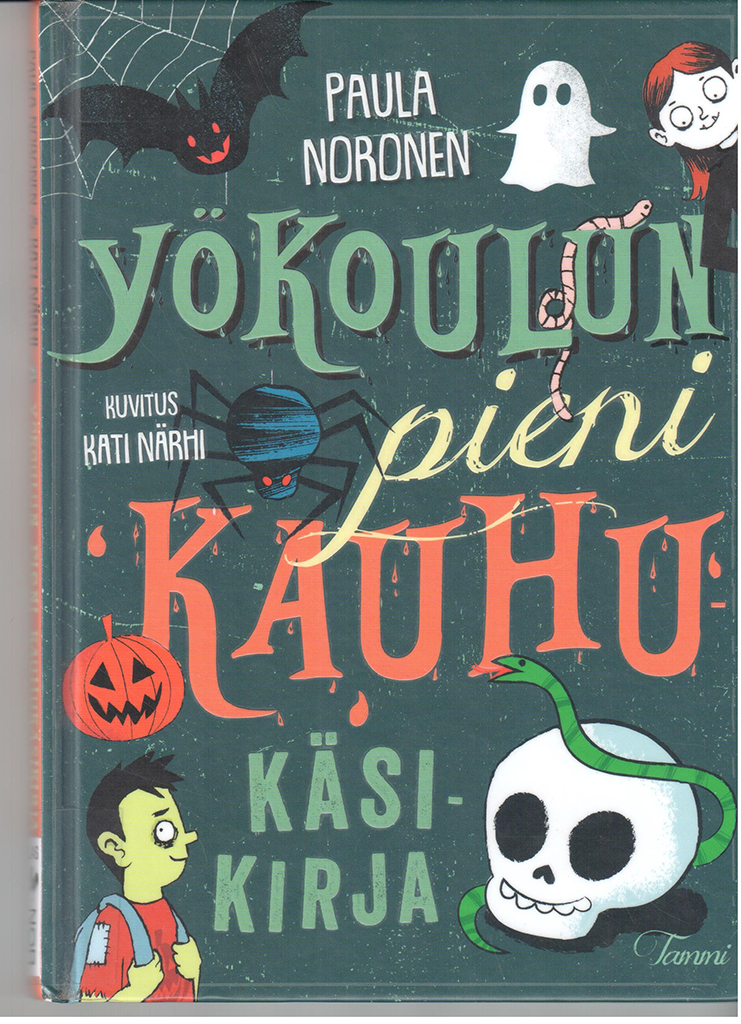 ... ...
... ...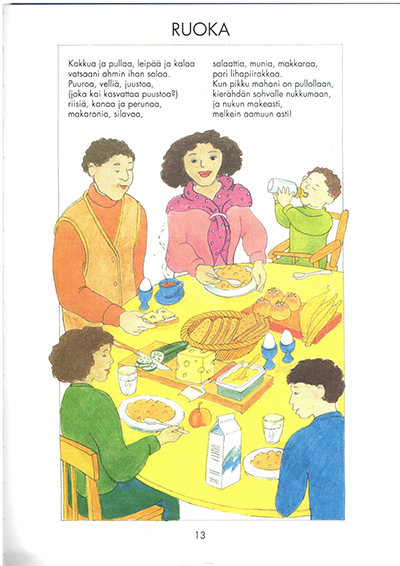 ... ...
... ... ... ...
... ...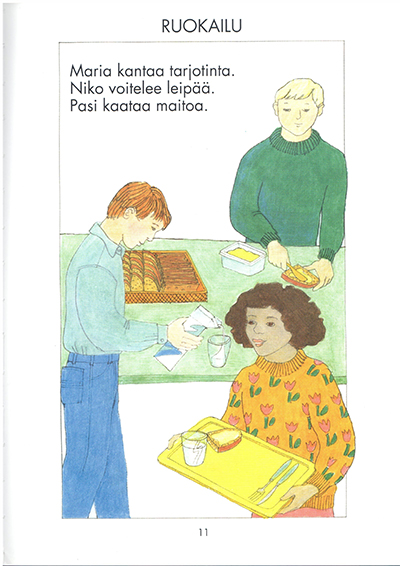 ... ...
... ...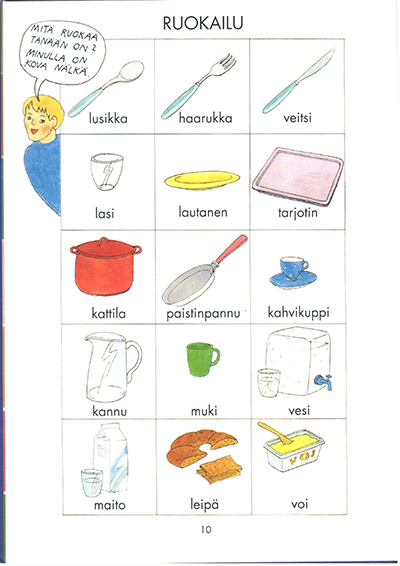 ... ...
... ...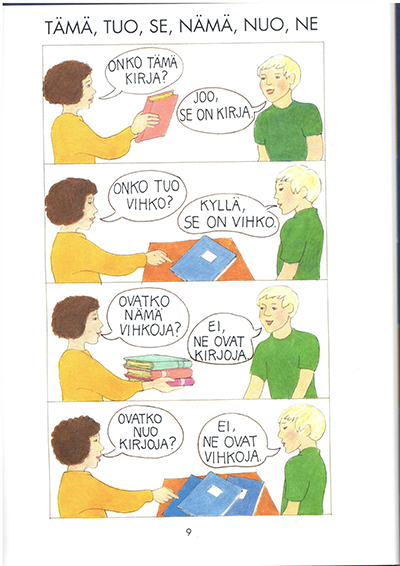 ... ...
... ...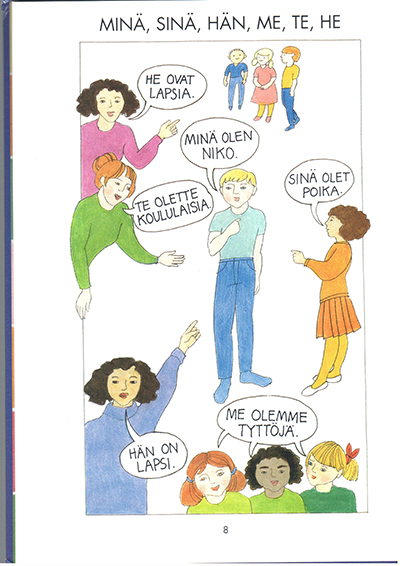 ... ...
... ...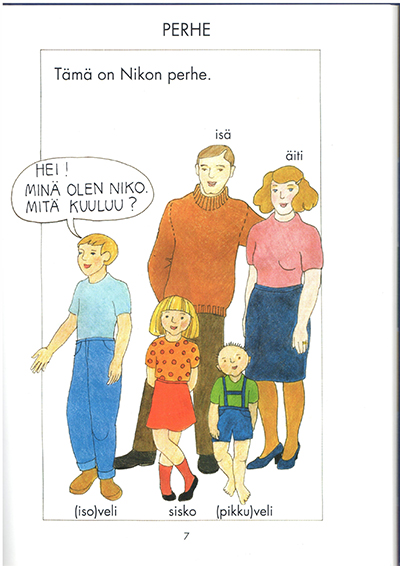 ... ...
... ... ... ...
... ...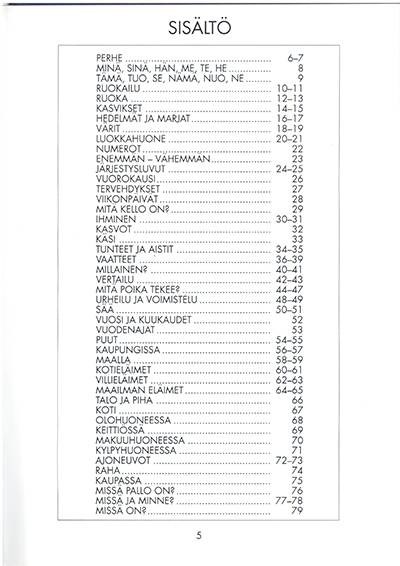 ... ...
... ... ... ...
... ... ... ...
... ...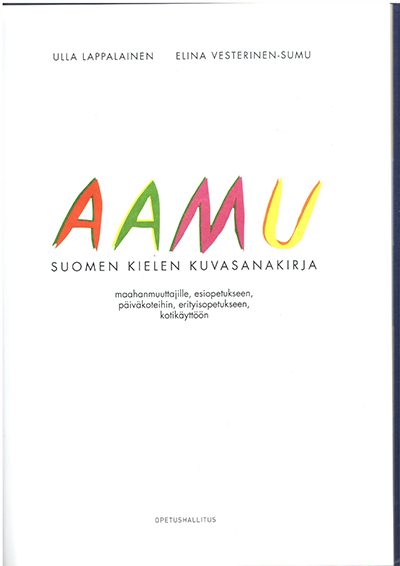 ... ...
... ...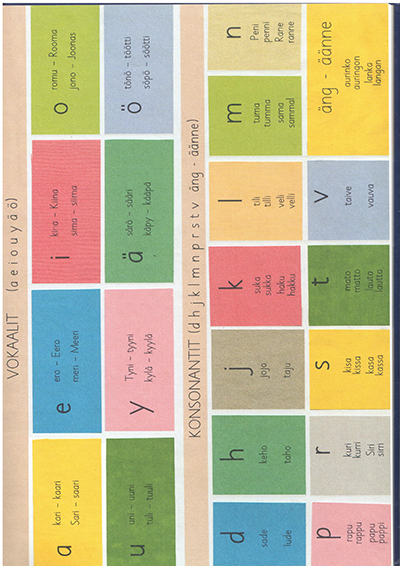 ... ...
... ...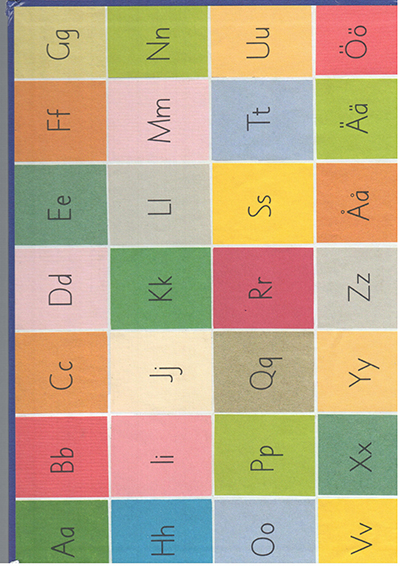 ... ...
... ...